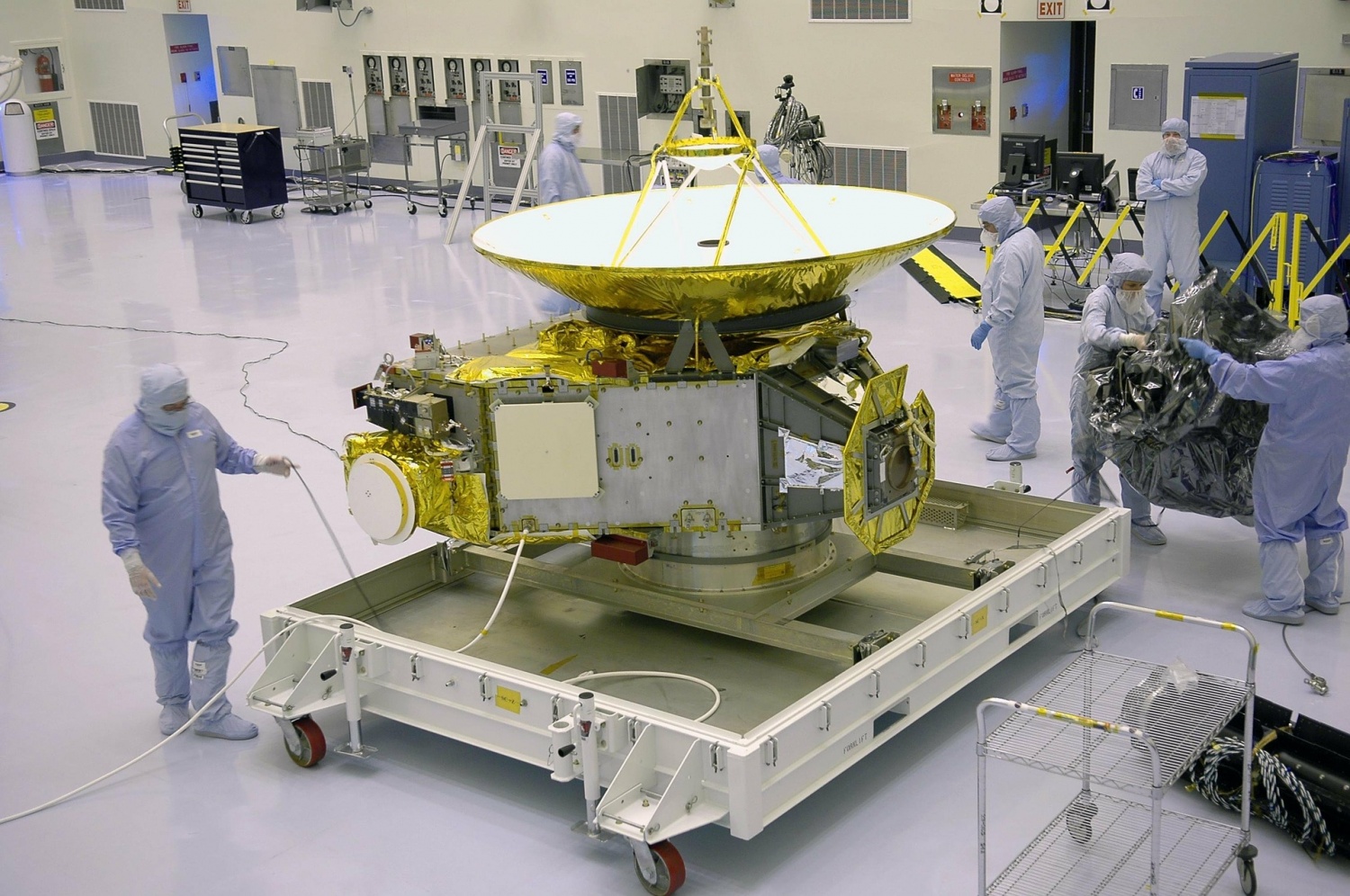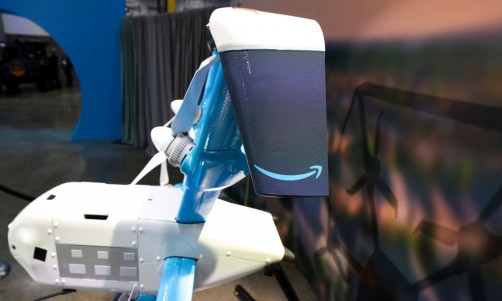Chang'e Project is an ongoing sequence of robotic Moon Missions by the China National Space Administration (CNSA). The program is also known as the Chinese Lunar Exploration Program (CLEP). The program focuses on landers, lunar orbiters, and rovers launched using Long March rockets. Chang'e-4 is a robotic spacecraft that made the first soft landing on the dark side of the moon. The landing took place on 3rd January 2019.
Chang'e-4 spacecraft was initially designed to backup Chang'e-3. Following the successful land in 2013, Chang'e-4 was adjusted to meet new objectives. The name Chang'e refers to the Chinese Moon goddess. Chang'e-4 has now resumed operations for the 22nd lunar day. This is in line with the four operational phases of the Chinese Lunar Exploration Program. The rover and lander will conduct lunar missions on the dark side of the moon.
READ ALSO: China's Space Robot Look Like Iron Man
The Jade Rabbit-2 or Yutu-2 rover woke up on Friday at 11:54 a.m. Beijing Time. The lander was up on Saturday at 5:15 a.m. Chang'e-4 was launched on the 8th of December 2018. The spacecraft then landed in the South Pole-Aitken Basin on Von Karman Crater. Chang'e-4 has been on the moon for 618 Earth days. However, the spacecraft switched off at some point due to the lack of solar power. The rover (Jade Rabbit-2 or Yutu-2) will head Northwest towards the basalt area.
These impact craters have high reflectivity in the 22nd lunar day. The scientific mission is carried out by high-end scientific instruments. These instruments include a neutral atom detector, panoramic camera, infrared imaging spectrometer, and lunar radar. Yutu-2 or Jade Rabbit is the longest-working lunar rover. This solar-powered rover has surpassed its design lifespan.
The Von Karman crater has a diameter of 90 km (56 mi) and is located at 64.6°S latitude and 58.5°W longitude. It contains large dune fields with dark volcanic rock basalt. During the winter, the dunes are covered with frost. Chang'e-4 will undertake missions in such harsh conditions with high latitudes.
Chang'e-4 has 5 scientific objectives to achieve. They include studies on cosmic rays and chemical compositions of soils and lunar rocks. The other objective involves radio astronomical research and observation. The mission will also conduct investigations on coronal mass ejections between Earth and Sun and measure temperatures of the lunar surface.
READ ALSO: The Moon's Surface is Rusting: Is Earth Partly to Blame
Chang'e-4 mission called for the collaboration of China and the U.S. Scientists in both countries kept regular contact and coordination. The collaboration helped Chang'e-4 observe particles and plumes lofted from the lunar surface. The rocket exhaust lofts the particles during the landing process. Scientists from the U.S. and China intended to compare their results with the theoretical predictions of this phase. However, the Lunar Reconnaissance Orbiter was not ready. Chinese scientists were also informed of the satellites in the moon's orbit by their U.S. counterparts. The Chinese scientists shared the timing, longitude, and latitude of Chang'e-4. This mutual co-operation brought about success. NASA requested China to grant it access to the Chang'e-4 probe for upcoming missions. In response, China agreed to this request.
READ ALSO: Atlas 5 Scheduled Launch of NRO Satellite; Vehicle to Fly Northrop Grumman's Solid Boosters















